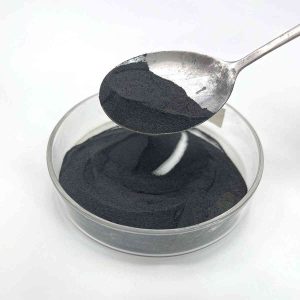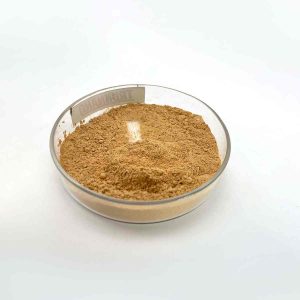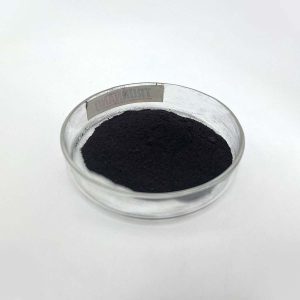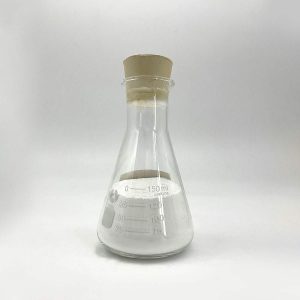Overview of Cationic Surfactant CAS 7173-51-5 Dimethyl Ammonium Chloride DDAC DMA Chloride
Cationic surfactants are a class of surface-active agents that contain a positively charged head group or cation when dissolved in aqueous solutions. They are characterized by their unique ability to interact with negatively charged surfaces, making them versatile compounds with applications across industries including personal care, household cleaning, textiles, agriculture, and pharmaceuticals. Their positive charge allows for specific interactions with anionic (negatively charged) molecules, which governs their functionality in various formulations.
Features of Cationic Surfactant CAS 7173-51-5 Dimethyl Ammonium Chloride DDAC DMA Chloride
-
Positive Charge: The hydrophilic (water-loving) head of a cationic surfactant carries a positive charge, typically derived from ammonium, pyridinium, or quaternary ammonium groups.
-
Strong Binding: Due to their positive charge, they bind strongly to negatively charged surfaces, like those found on skin, hair, or certain bacteria and viruses.
-
Emulsifying & Foaming Properties: Many cationic surfactants are effective emulsifiers, stabilizing oil and water mixtures, and can produce stable foams.
-
Conditioning & Softening: In personal care products, they improve the feel of hair and skin by depositing a conditioning film, enhancing manageability and softness.
-
Antimicrobial Activity: Some cationic surfactants exhibit bactericidal or virucidal properties, making them useful in disinfectants and sanitizers.
-
Compatibility: They can be formulated with other types of surfactants to enhance performance or modify product properties.
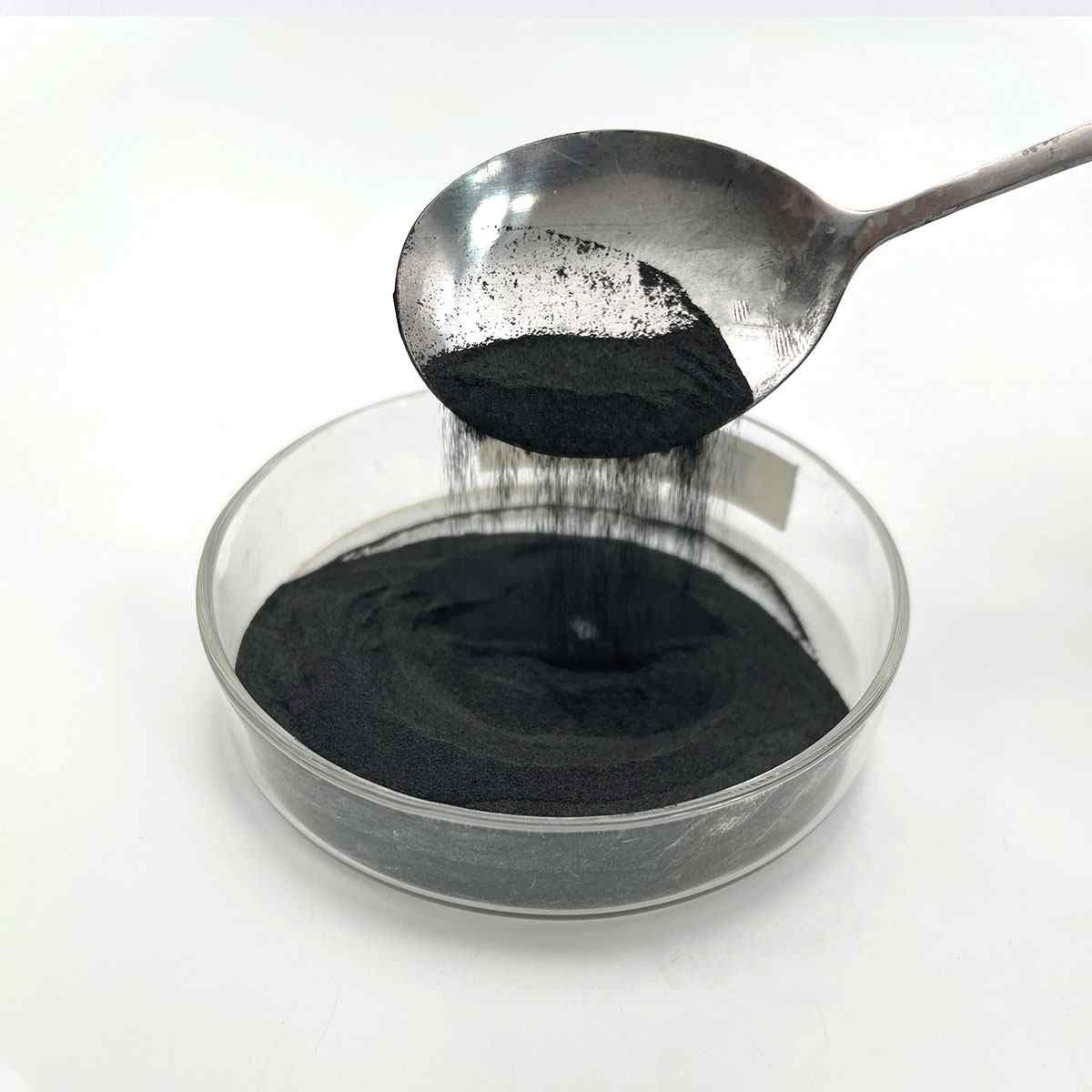
(Cationic Surfactant CAS 7173-51-5 Dimethyl Ammonium Chloride DDAC DMA Chloride)
Specification of Cationic Surfactant CAS 7173-51-5 Dimethyl Ammonium Chloride DDAC DMA Chloride
Dimethyl Ammonium Chloride, also known as DDAC or DMA Chloride, carries the specific CAS number 7173-51-5. This chemical is a cationic surfactant. You identify it as a quaternary ammonium compound. Its chemical formula is C22H48Cl2N2.
Physically, DDAC often appears as a white or pale yellow solid. It dissolves well in water. This creates clear solutions. The compound has a distinct, mild amine-like smell. It is stable under normal storage conditions. Avoid strong oxidizing agents. Handle it with standard safety precautions. Wear gloves and eye protection.
DDAC functions primarily as a surfactant. Its positive charge attracts negatively charged surfaces. This property drives its main uses. It acts as a powerful antimicrobial agent. DDAC effectively kills bacteria, fungi, and algae. This makes it a key ingredient in many disinfectants and sanitizers. You find it in products for hospitals, farms, and households.
The surfactant properties are valuable elsewhere. DDAC works well as a softener in fabric conditioners. It helps fabrics feel smoother. It finds use in the paper industry too. DDAC acts as a retention aid and drainage improver. The compound serves as an emulsifier. It helps mix oil and water in some products. It works as a corrosion inhibitor in certain systems.
DDAC is valued for its broad effectiveness. It performs well across various pH levels. The compound offers good biodegradability. This is important for environmental reasons. Its compatibility with other chemicals is generally good. This allows flexible formulation. DDAC provides reliable performance in many demanding applications. Its cationic nature defines its action.
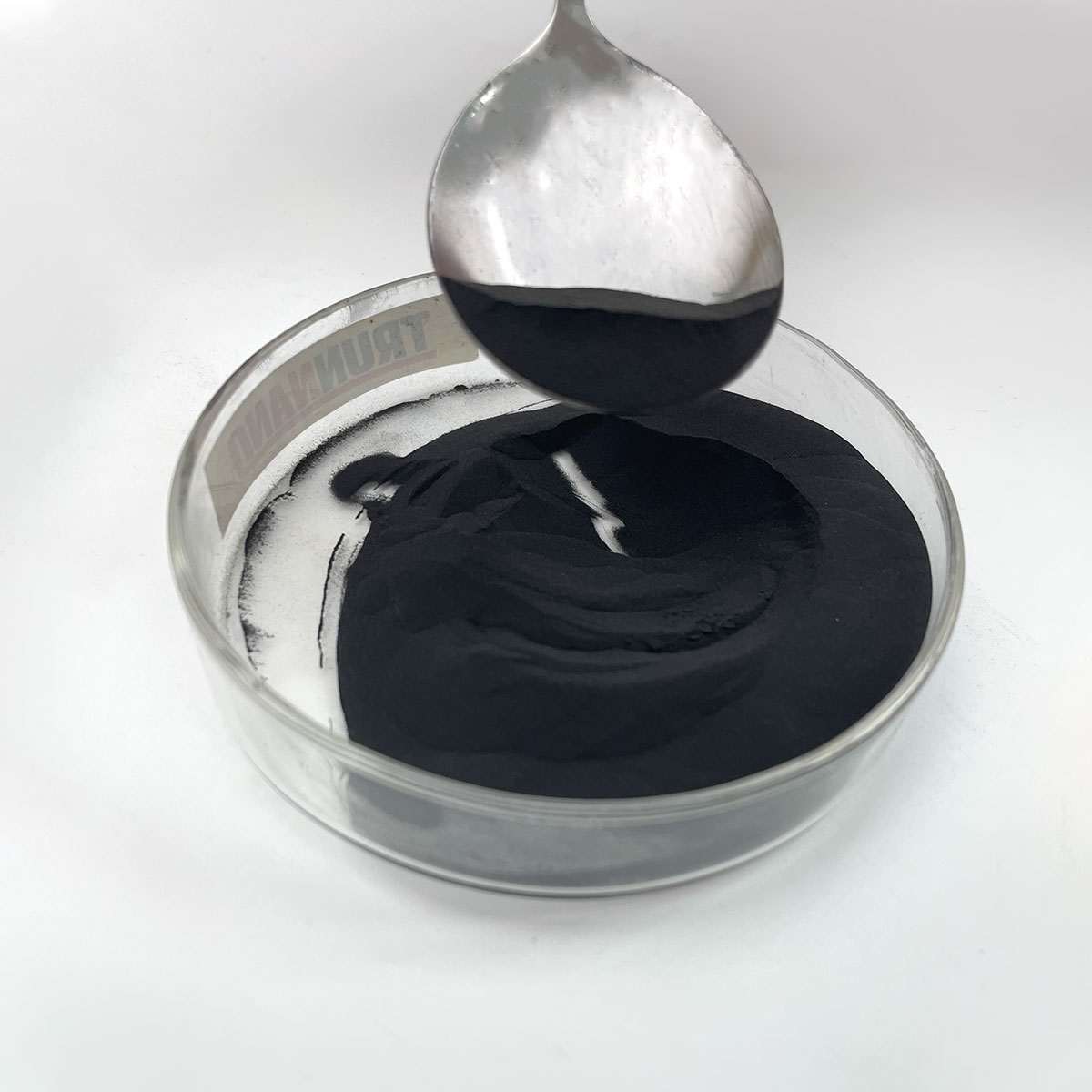
(Cationic Surfactant CAS 7173-51-5 Dimethyl Ammonium Chloride DDAC DMA Chloride)
Applications of Cationic Surfactant CAS 7173-51-5 Dimethyl Ammonium Chloride DDAC DMA Chloride
Dimethyl Ammonium Chloride, known as DDAC or DMA Chloride (CAS 7173-51-5), is a powerful cationic surfactant. This ingredient fights germs effectively. Many industries rely on its properties.
DDAC is a key player in disinfectants and sanitizers. It kills bacteria, viruses, and fungi very well. Hospitals, labs, and food processing plants use DDAC-based products. These products clean surfaces and equipment safely. DDAC works reliably even in hard water. People trust it because it leaves surfaces visibly clean.
Agriculture benefits greatly from DDAC. It acts as a fungicide and algaecide. Farmers use it to protect crops from damaging diseases. DDAC controls mold and mildew on fruits, vegetables, and ornamental plants. It also helps keep irrigation systems and greenhouses free from slime and algae buildup. This protection is vital for healthy harvests.
Industrial and institutional cleaning uses DDAC widely. It is a strong ingredient in floor cleaners, wall washes, and general-purpose degreasers. DDAC cuts through grease and grime easily. It provides excellent cleaning for factories, schools, and offices. The surfactant action helps lift dirt off surfaces efficiently.
Water treatment plants utilize DDAC. It controls algae growth in ponds, lakes, and water storage tanks. DDAC prevents unwanted biological growth that can clog systems. This keeps water clearer and systems running smoothly.
The textile industry applies DDAC as a softener and antistatic agent. It makes fabrics feel softer to the touch. DDAC also reduces static cling in synthetic fibers. This improves the quality and feel of finished textiles.
DDAC is valued for its broad effectiveness and stability. Its cationic nature gives it strong binding and germ-killing abilities. This makes DMA Chloride a versatile tool across many fields.
Company Profile
SurfactantChina is a trusted global chemical material supplier & manufacturer with over 12-year-experience in providing super high-quality surfactant and relative products.
The company has a professional technical department and Quality Supervision Department, a well-equipped laboratory, and equipped with advanced testing equipment and after-sales customer service center.
If you are looking for high-quality surfactant and relative products, please feel free to contact us or click on the needed products to send an inquiry.
Payment Methods
L/C, T/T, Western Union, Paypal, Credit Card etc.
Shipment
It could be shipped by sea, by air, or by reveal ASAP as soon as repayment receipt.
5 FAQs of Cationic Surfactant CAS 7173-51-5 Dimethyl Ammonium Chloride DDAC DMA Chloride
What is Dimethyl Ammonium Chloride?
Dimethyl Ammonium Chloride (DDAC) is a chemical. It falls under cationic surfactants. Its CAS number is 7173-51-5. People often call it DDAC or DMA Chloride. It looks like a white powder or crystals. It dissolves well in water.
What is DDAC mainly used for?
DDAC works best as a disinfectant and biocide. It kills bacteria, viruses, fungi, and algae. You find it in many disinfectants for farms, hospitals, and homes. It is also used in water treatment systems. It helps control microbes in pools and industrial water. Sometimes it acts in fabric softeners.
Is DDAC safe to handle?
Handle DDAC carefully. It can irritate skin and eyes. Avoid breathing its dust. Wear protective gloves and goggles. Work in a place with good airflow. Always follow the safety rules on its label. Store it away from food and drink.
How does DDAC affect the environment?
DDAC breaks down in nature over time. It sticks strongly to soil and organic matter. This reduces its movement in water. But it is toxic to fish and other water life. Use it correctly. Prevent spills into drains or rivers. Follow local disposal rules.
What should I know about storing DDAC?
Keep DDAC in its original container. Store it in a cool, dry place. Keep it away from heat and open flames. Ensure the container is tightly closed. Keep it separate from strong acids and strong oxidizers. Check the container for damage regularly.
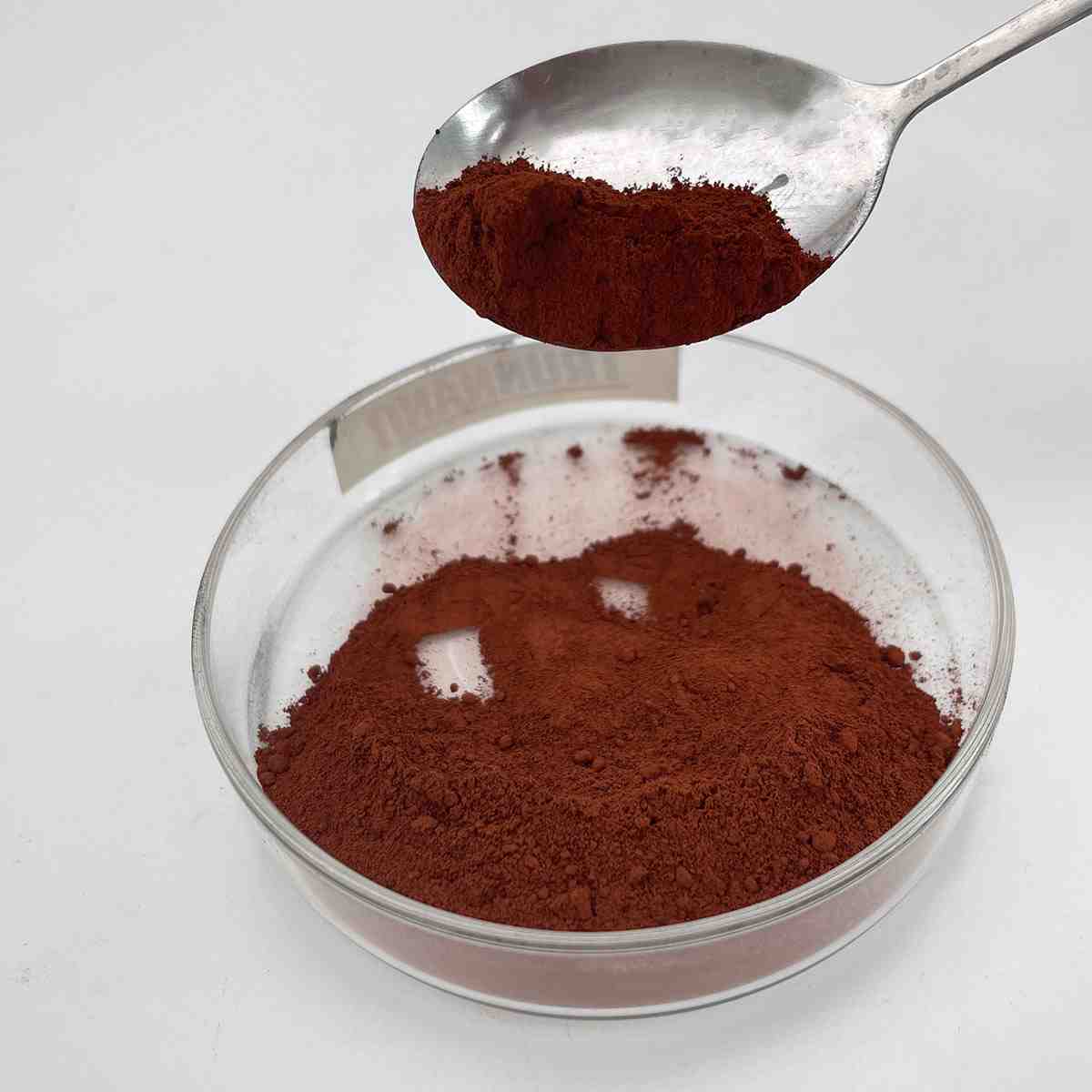
(Cationic Surfactant CAS 7173-51-5 Dimethyl Ammonium Chloride DDAC DMA Chloride)



